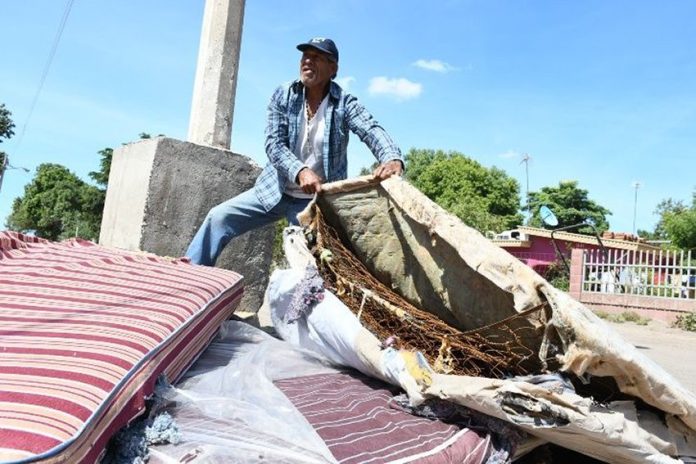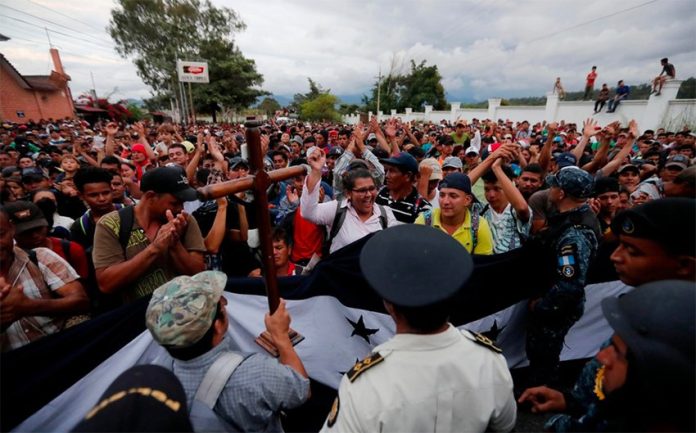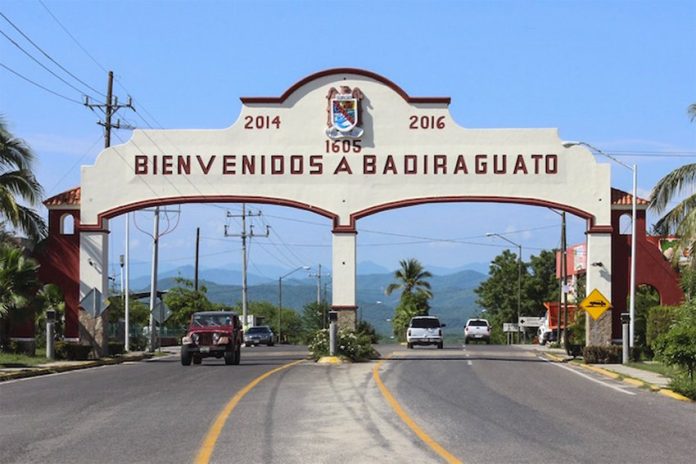Victims of last month’s flooding in Culiacán, Sinaloa, were the grateful recipients of new mattresses until they discovered they weren’t so new after all.
In fact, one even smelled like bad meat. Said Dalila Valenzuela, “It smelled like rotten meat and flies started swarming in.” When she tore the mattress open she found a large stain that looked like blood, and the foul odor became unbearable.
The mattresses were handed out by state officials last weekend to residents whose homes were flooded during tropical depression 19-E. Today it was revealed that a lot of 2,000 mattresses purchased by the state Social Development Secretariat were actually used mattresses that had been re-covered.
The social development secretary said 1,197 were distributed to flood victims and are being replaced; the remaining 800 are under guard as evidence of fraud.
He said the supplier of the mattresses has been identified but the investigation continues.
The mattresses appeared new and did not smell because they had been double-bagged, he explained.
Meanwhile, Dalila Valenzuela and others are worried about the health effects of the old mattresses.
She found perforations that looked like bullet holes, sparking a rumour that someone had been shot while lying on the mattress. That triggered even more anger and fear among area residents, some of whom have reported becoming ill after using them.
Luis Alberto Ibarra showed a reporter several skin ulcers and other lesions he claimed were caused by a mattress, and Gabriela Díaz reported a sore throat and irritated eyes, and blamed fungus she found growing in the one she was given.
Residents have demanded special medical attention from the Health Secretariat.
The substandard products were reported in several neighborhoods of the city and in neighboring municipalities. In La Platanera, Navolato, recipients used theirs to erect a roadblock in protest.
Source: Línea Directa (sp), El Debate (sp)









